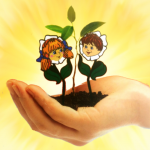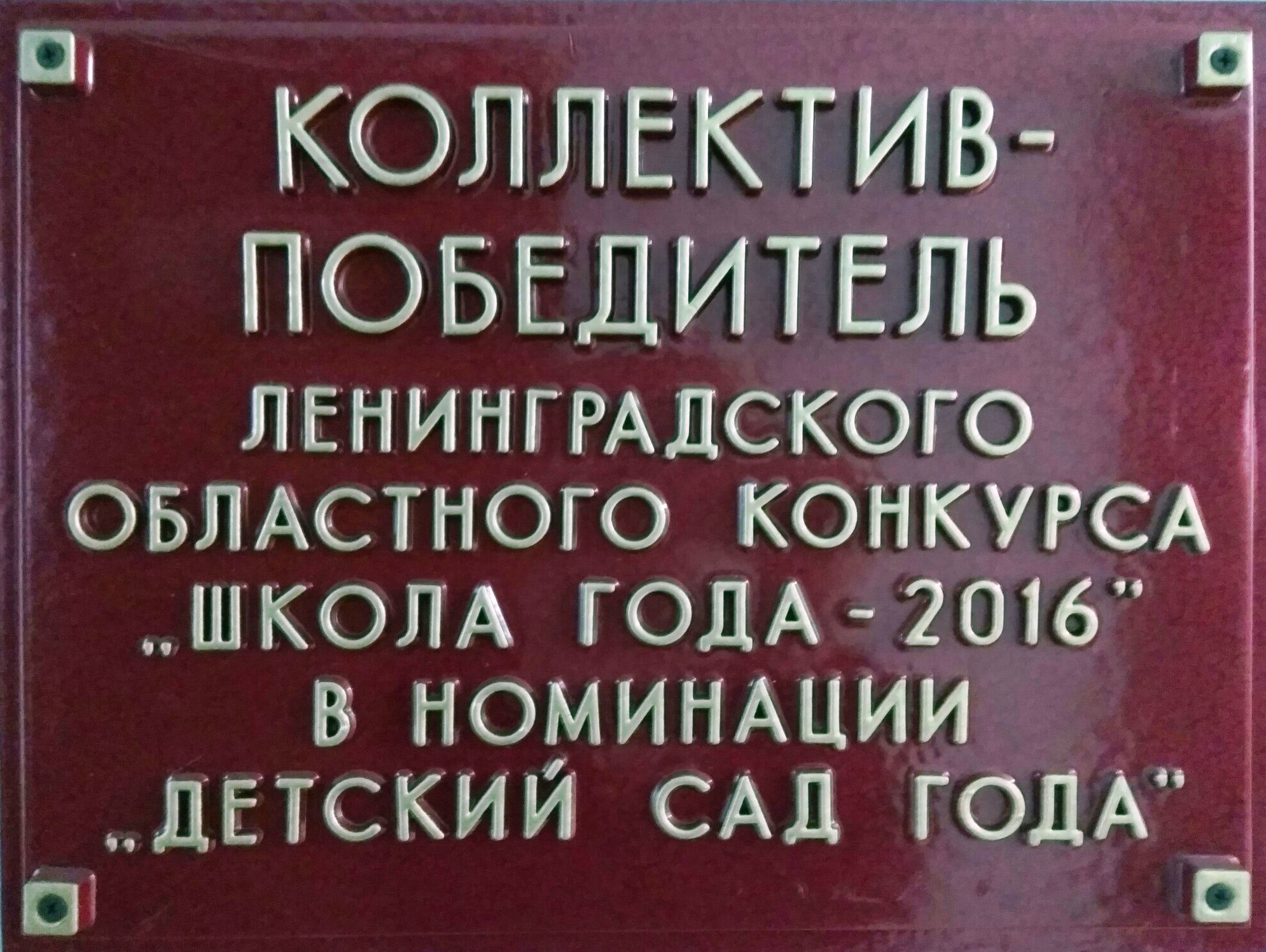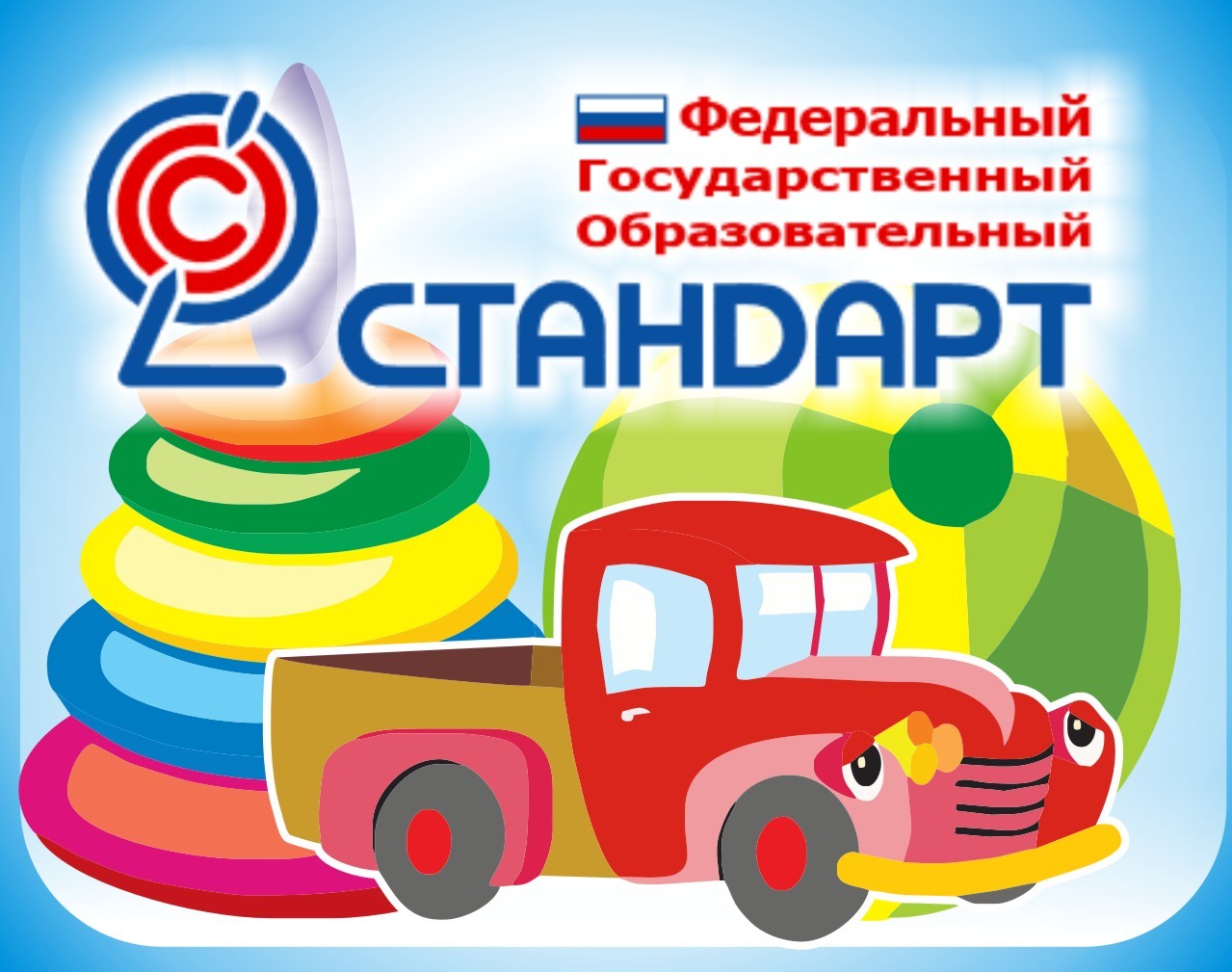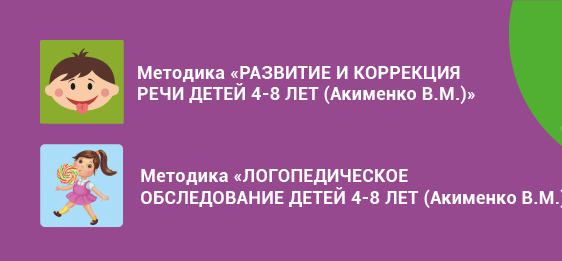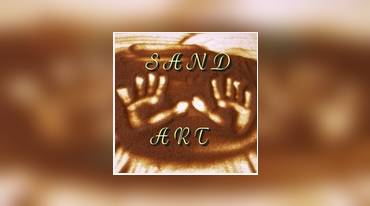Families with pictures of loved ones at an illustration in Quito, circa 1989. The Ecuadoran folks look to the federal government for protection, but in addition expect corruption. Ecuador is a highly stratified society with strong symbolic in addition to socioeconomic and political ordering. The all–white oligarchies represent the head of political power, financial control, and social esteem.
Until lately, Ecuadorians depended completely on home produce. Probably 50 p.c or more of Ecuador’s individuals produced their own meals. Such production happened on coastal and sierran haciendas, the place the elite controlled the land.
Ecuadorian Women Traits And Traits
I wish that sometime my nation would have a good government. I would like to know more in regards to the origin of the food and Ecuadorian drinks, particularly EL CANELAZO. tHANK you for this informative leter, I’ll use to respond with a lot discovered info this journey to the pc lab and more to come. Thank you in your Honesty and respect to share this data with me and other folks in the learning of South American countrie; mostely, their History and present occasions. beneath «Arts and Humanities — Literature», you wrote Julio Jaramillo was a composer, and he was solely an interpreter, one of the best however solely interpreter. One of the most effective composers of Ecuadorian songs was Nicacio Zafari. Another one that many individuals erroneously believes to be Colombian however he is actually Ecuadorian, originary from the city of Zaruma, his name is el Chaso Jara.
Population density in city areas, notably in poorer neighborhoods, is significantly underreported. Architecture can be considered a cultural complement to the nation’s stunning, diversified surroundings. Increasingly, these pure materials are being supplemented or replaced by minimize planks, cinder–block, cement, brick, ceramic and asbestos tile, and corrugated steel.
Ecuadorian Women Who Made History
Coffee, sugar, cacao, and coconuts from the coast are widely distributed. Chickens are raised in all places for meat and for eggs, which are a serious supply of protein. Other meats are supplied by hogs, cattle, and sheep; fish and a few game are necessary in the Oriente.
As Quito became a royal courtroom system of the Spanish crown in 1563, it prolonged bureaucratic management westward to the northwest coast and eastward to the Upper Amazon. In both areas full-scale revolts occurred, with the «Zambos» of the northwest coast and the Quijos and Jivaroans of the Amazonian region resisting all attempts of Spanish incursion. The Spanish were compelled to make alliances with the representatives of the Zambo Republic to the west; they managed to subdue the Quijos in the north Amazonian territory, however not the Jivaroans within the middle and south Amazonian areas. La patria («the motherland») is complemented by el país, «the fatherland» . The former is the more highly effective evocative referent of collective identification. The authorities, el gobierno ,is closely associated to the fatherland.
Dating
In the large coastal cities—Guayaquil and Manta—similar concepts prevail, however the phenomena of being listo («prepared to reply») and vivo («able to seize a chance») are more salient than they’re in the Sierra. The cultural and political variations between the Coast and the Sierra are great, and each area could represent a political– economic bloc that severely impedes a national consensus on issues of critical collective concern. Among the elite and the newer rich, identification as Ecuadorian is paralleled by identity as good, righteous, Catholic, civilized, white individuals, who share a European and United States orientation. Colonial wealth is essential, as is the upkeep of excessive status with nice power and substantial wealth. Among the center courses, the elite focus on whiteness is conjoined with the elitist ambivalent stigma of mestizaje . Middle–class industrial folks are likely to identify with their households, their jobs, and a general sense of the republic with out worrying about their ethnicity.
Those with wealth and power long ago established what they regard as civilized spaces by way of the haciendas, that are in depth land holdings surrounding large rural homes. Those in command of their haciendas, known as hacendados , treated folks on their lands by a system recognized in the Sierra because the huasipungo (described by western scholars as «landed slavery»). On the Coast the concept of concertaje was very comparable, and carried the identical that means. Agrarian reform, which started within the early 1960s and continued via the Seventies, has rectified this system to a large extent, but many large hacendados retain their landed energy bases. Urbanism permeates the world view of the white–mestizo sectors of Ecuador and is denied by different Ecuadorians.
There is a major middle class of professional, commercial, and service employees who usually self establish ethnically as blancos . Their representations of other individuals depend on many political and socioeconomic conditions and contexts.
Power and control are associated with being blanco , and upward mobility typically involves a course of known as blanqueamiento . In vulgar discourse blanqueamiento means shifting away from any mancha of the hybrid classes, as well as denying the sources of indio and negro . Despite quasi-racial categorization and vast variations of wealth, there’s quite a lot of mobility and fluidity in all social and cultural sectors. Petroleum, bananas, shrimp and other seafood, timber and wooden products, fruits, and flowers represent Ecuador’s main authorized exports. Its main business is petroleum processing, which takes place in Balao, simply outdoors of the town of Esmeraldas. Most of the oil comes from the Amazonian area, where companies such as Texaco have triggered one of the worst oil disasters on the earth. Indigenous organizations have tried to sue Texaco within the United States, but the white– mestizo judges and lawyers of Ecuador assist Texaco as a serious supply of national and institutional wealth.
Peasants eked out an existence bordering on abject poverty, typically in methods of sharecropping or landed slavery. Since the petroleum boom and the land reforms of the Nineteen Seventies, more individuals depend on meager money incomes to buy food grown by fewer people. Commercial agriculture and floriculture have elevated dramatically with the use of plastic greenhouses—the plastic sheeting is a product of the petrochemical industries. Fish farming and shrimp farming are necessary ecuador brides sources of meals and earnings. The lush Andean valleys and coastal farms produce vegetables and fruits in great selection and abundance, and there is energetic interregional marketing. Stable starches are rice, bananas, plantains, and taro, grown on the coast; potatoes, corn, barley, quinoa, and wheat from the Sierra; and, in Amazonia, plantains, bananas, and significantly the foundation crops manioc and taro.
The folks look to the government for sustenance and protection, but also expect corruption. When the government cannot serve the individuals, they rise up as one. The widespread collective chant throughout such uprisings is el pueblo, unido, jamás será vencido («the united folks will never be defeated»). The feminine concept of la nación («nation») is weaker than the opposite two, as is the collective idea of an estado–nación («nation– state»). While scholars debate whether or not Ecuador is a true nation or nation–state, the people establish with la patria and look to el gobierno for salvation of individual and collective self, as residents of el país .
The Ecuadorian Girl At Plaza Foch(quito Nightgame Area File)
A broad number of sausages, processed meats, and canned tuna and sardines is out there in markets. The dairy trade is strong within the Sierra and the Coast, providing milk and numerous types of cheeses. Supermarkets carry an increasingly broad variety of imported canned and dehydrated soups, in addition to nationally produced canned cow’s foot and tripe soups. Urban sprawl is visible across the main cities and towns and alongside the Panamerican freeway that runs north–south via the middle of the nation, but there are huge open spaces in the more rural areas. In the less populous coastal and Amazonian sectors, open areas abound despite colonization and urbanization.
In Ecuador, nationwide identification is a state system that owes the poor a livelihood. As conservatism reigned within the Sierra, liberalism grew on the Coast. The colonial era lasted for 300 years and brought on giant–scale depopulation due to illness and the emergence of a system of «racial hybridity» that denied nationality to all those classed as indio and negro . Through it all there have been uprisings, revolts, revolutions, movements of self–assertion, and relationships that promoted subsistence, commerce, commerce, and cultural coherence past colonial bureaucratic management. As the Spanish took over Quito, started the exploration of Amazonia, and sought to determine a viable Pacific port, African-American individuals began their very own conquest of the northwest rain-forest area of what is now Esmeraldas. By the mid– sixteenth century, self-liberated Africans and their offspring controlled what was known as the Zambo Republic .
Major universities in Quito and Guayaquil, and smaller ones in other cities, all have curricula in physical and social sciences. Private and public universities range tremendously in their emphases, however supply a good array of liberal arts and sciences, medical, authorized, and engineering coaching. Funding comes from the federal government, from tuition, from international help, and from items and private donations. Many Ecuadorians, from all lessons and walks of life, earn master’s and doctoral levels in Latin America, the United States, and Europe. Religion, shamanism, and residential treatments are important sources. Traditional and different medicines were recognized in the constitutional reform of 1998. The use of Banisteriopsis caapi , referred to as ayahuasca («soul vine») in Quichua, is widespread and has attracted consideration from medical–care personnel, worldwide pharmaceutical firms, and overseas tourists.
